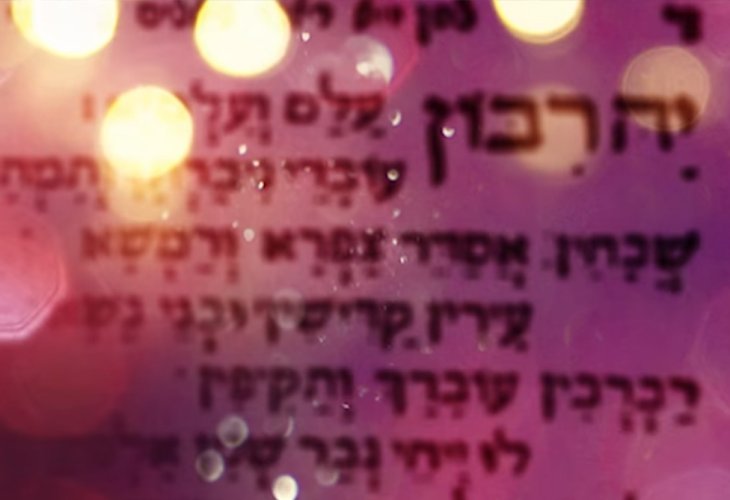Torah Personalities
Who Wrote “Kah Ribbon Olam”? The Forgotten Poet
Before it became a Shabbat table classic, this beloved hymn was composed by a rabbi and poet in Gaza nearly 400 years ago

From Gaza with Song: The Legacy of Rabbi Yisrael Najara
At nearly every Shabbat table, the familiar melody of “Kah Ribbon Olam” fills the room, sung with warmth and reverence. It’s one of the most beloved Shabbat zemirot, yet few know who composed it.
The author was Rabbi Yisrael Najara, a 16th-century rabbi, poet, and mystic who served as the spiritual leader of the Jewish community in Gaza. Born in Tzfat to a family that left Spain at the time of the Inquisition, Rabbi Najara later settled in Gaza, where he led the local Jewish population and produced a rich body of liturgical poetry.
A gifted writer, he composed numerous piyyutim (liturgical poems), including “Ana Elchah,” “Ya'arat Dvash,” and many others that became cornerstones of Sephardic and Mizrachi song. But it was “Kah Ribbon Olam,” written in Aramaic and filled with praise for the Creator, that became his most enduring work. Over time, it became a staple of the Shabbat table, cherished across Jewish communities around the world.
One of his lesser-known but equally striking compositions, “Yarad Dodi Legano,” uses the imagery of a ketubah (Jewish marriage contract) between Hashem and the People of Israel. This metaphor drew criticism from Rabbi Menachem di Lonzano, who felt it was inappropriate to depict the Divine Presence in such human terms. Others defended Rabbi Najara’s use of the metaphor, citing biblical and prophetic sources that compare the relationship between Hashem and Israel to that of bride and groom. In recent years, this poem was set to music by Yossi Green and performed by Avraham Fried under the title “Shtar HaTena’im.”
Between Criticism and Praise: A Lasting Influence
Rabbi Najara’s unique style also drew opposition from some contemporaries, particularly for his use of Arabic musical modes. As a descendant of Spanish exiles, he was influenced by the Arabic poetic and musical traditions that were prevalent among Jews in Muslim lands. Many early Jewish poets wrote songs of Divine praise in Arabic, and Rabbi Najara continued this tradition, something that did not sit well with all rabbinic figures of his time.
According to a story recorded in Chemdat Yamim, Rabbi Chaim Vital, a disciple of the Arizal, was once told that Rabbi Najara’s singing was so spiritually moving that it caused angels to descend and gather around his Shabbat table. But when Rabbi Najara rolled up his sleeves from the heat, revealing his arms, the angels fled, deeming it unbefitting for a moment of such holiness. Rabbi Vital passed along the message, and Rabbi Najara was so moved that he wept and promised never to do that again.
Despite these critiques, Rabbi Najara’s poetry was praised by later authorities, most notably the Chida (Rabbi Chaim Yosef David Azulai), who held him and his writings in high esteem. Thanks in part to this endorsement, Rabbi Najara’s works were embraced across Jewish communities, eventually becoming deeply embedded in Jewish prayer and song.
His burial site is believed to be in what is today the al-Bureij refugee camp in Gaza, an area currently marked by conflict and violence. Yet Rabbi Yisrael Najara’s voice continues to resonate far beyond that place. Every Shabbat, from synagogues in Jerusalem to dining rooms in Brooklyn, his words echo in song, a testament to his enduring legacy of faith, poetry, and devotion.

